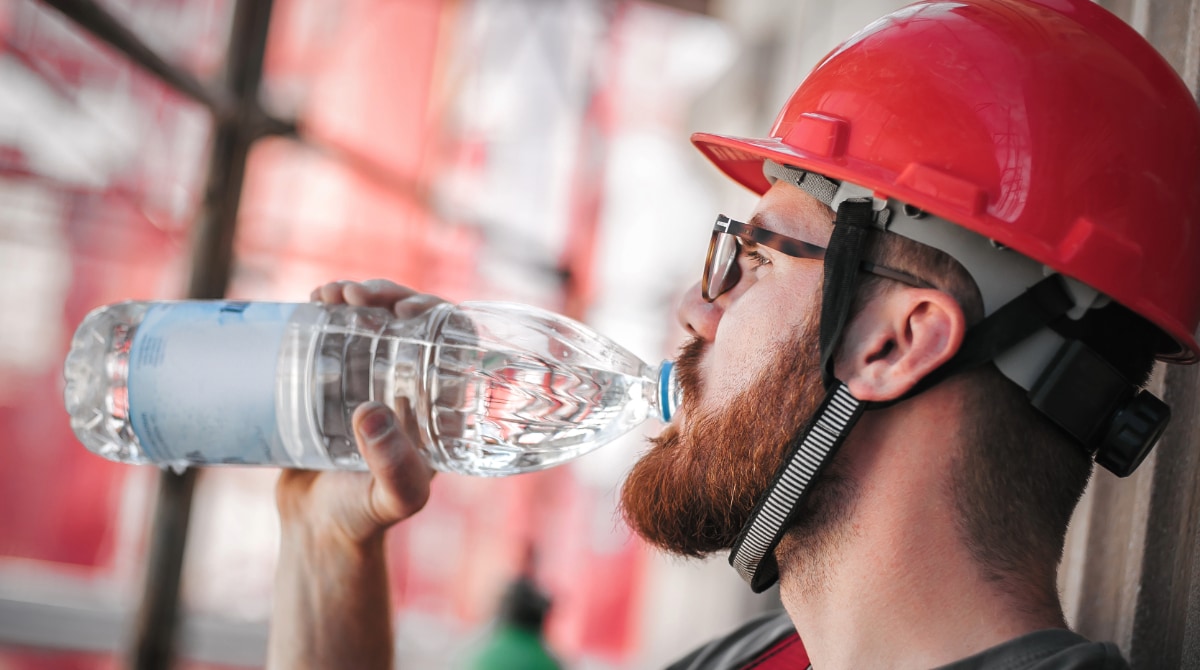Key points
- Both workers and employers can take action to lower workers' rhabdomyolysis (rhabdo) risk.
- Workers can prevent getting overheated, stay hydrated, and gradually increase their physical activity and conditioning.
- Employers can implement workplace policies to address workplace risk factors.
- Employers should encourage workers to seek medical attention when experiencing symptoms.

What workers can do
Workers can't completely eliminate risks for rhabdo, because all of the risk factors are currently not known. However, there are ways workers can lower their risk of developing rhabdo.
Reduce your risk factors when possible
Workers should be aware that job or recreational activities could increase risk. When possible, try to reduce these risk factors. When risk factors are unavoidable, be on high alert for rhabdo symptoms and seek medical attention right away.
Prevent getting overheated
Take steps to prevent getting overheated. Take frequent rest breaks and use cooling stations if available. More information on heat stress and heat-related rhabdo can be found on the NIOSH Heat Stress page.

Stay hydrated
Drink caffeine-free and low-sugar products. Avoid alcohol use when working in the heat.
Become acclimatized
Become acclimatized to (or used to) the heat before working in the heat for long periods of time. It typically takes 10-14 days to get used to a new climate. Keep this in mind when returning to work from vacation or starting a new job in a different climate.
Gradually increase physical conditioning
If starting a new job that requires a high level of physical fitness, gradually increase physical fitness over a period of weeks or months. Certified exercise physiologists or trainers can create a safe physical fitness programs.
Stay home from work when sick
Many illnesses (such as the flu) and cold medications may increase risk for rhabdo. Staying home when sick will also protect coworkers from getting sick.
Take immediate action
If you start experiencing any rhabdo symptoms, stop your current activity right away, cool down, start drinking fluids, and go to a healthcare provider to get checked for rhabdo.
What employers can do
Employers can help protect their workers from developing rhabdo by implementing the policies and procedures listed below.
Identify rhabdo risk factors present at the workplace
Develop policies to reduce the identified risk factors, such as a heat stress management policy. Follow the guidelines presented in the NIOSH Heat Stress recommendations.
Encourage workers to seek medical attention
Allow and encourage workers to seek medical care when they have any rhabdo symptoms. Let workers know that they can return to work once they are cleared by their doctor.
Encourage the use of sick leave
Encourage workers to take sick leave when sick, as many illnesses increase the risk for rhabdo.
Resources
- Heat Stress
- Heat-Related Illnesses
- NIOSH Criteria for a Recommended Standard: Occupational Exposure to Heat and Hot Environments (see page 54 for information on rhabdo)
